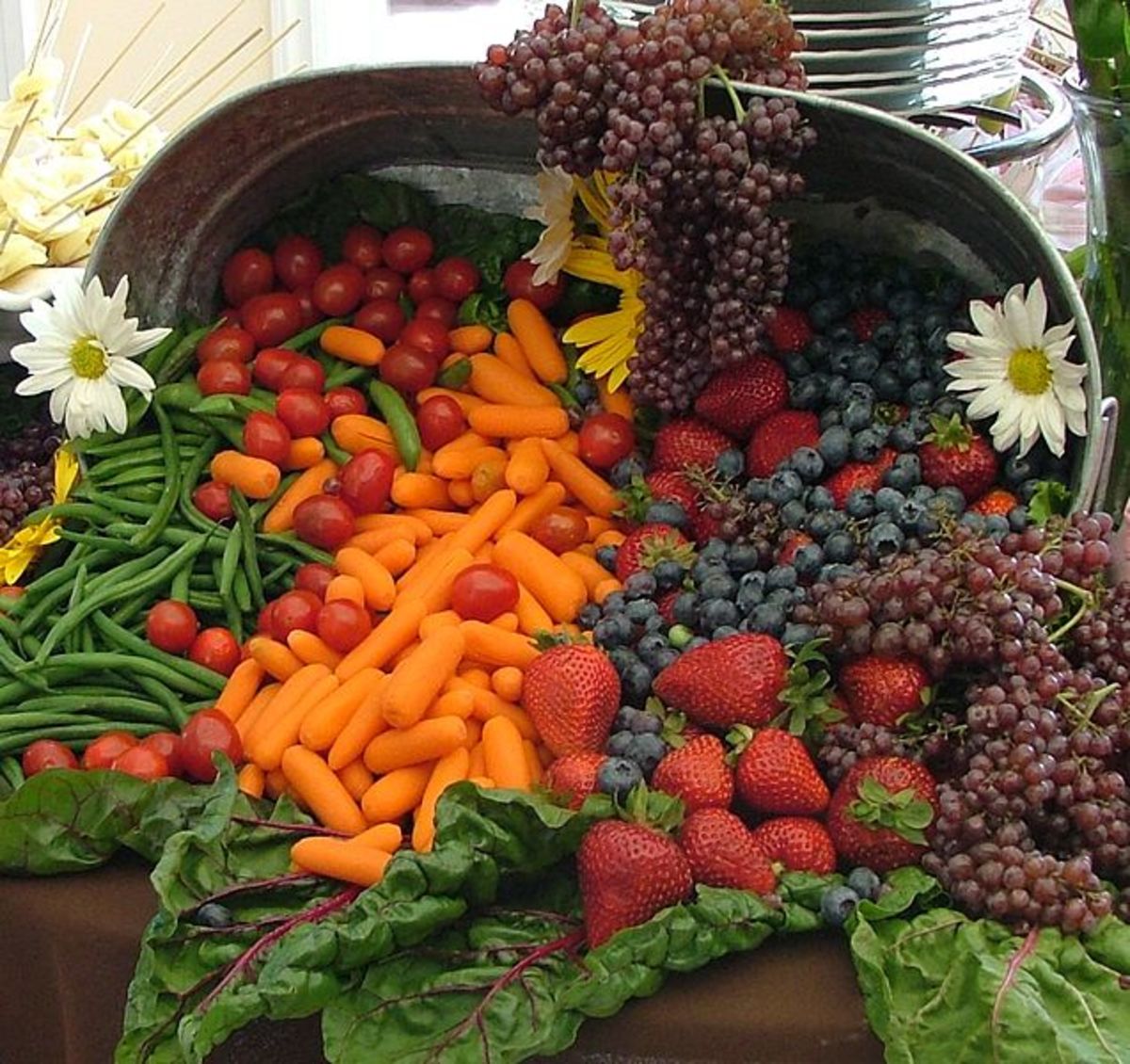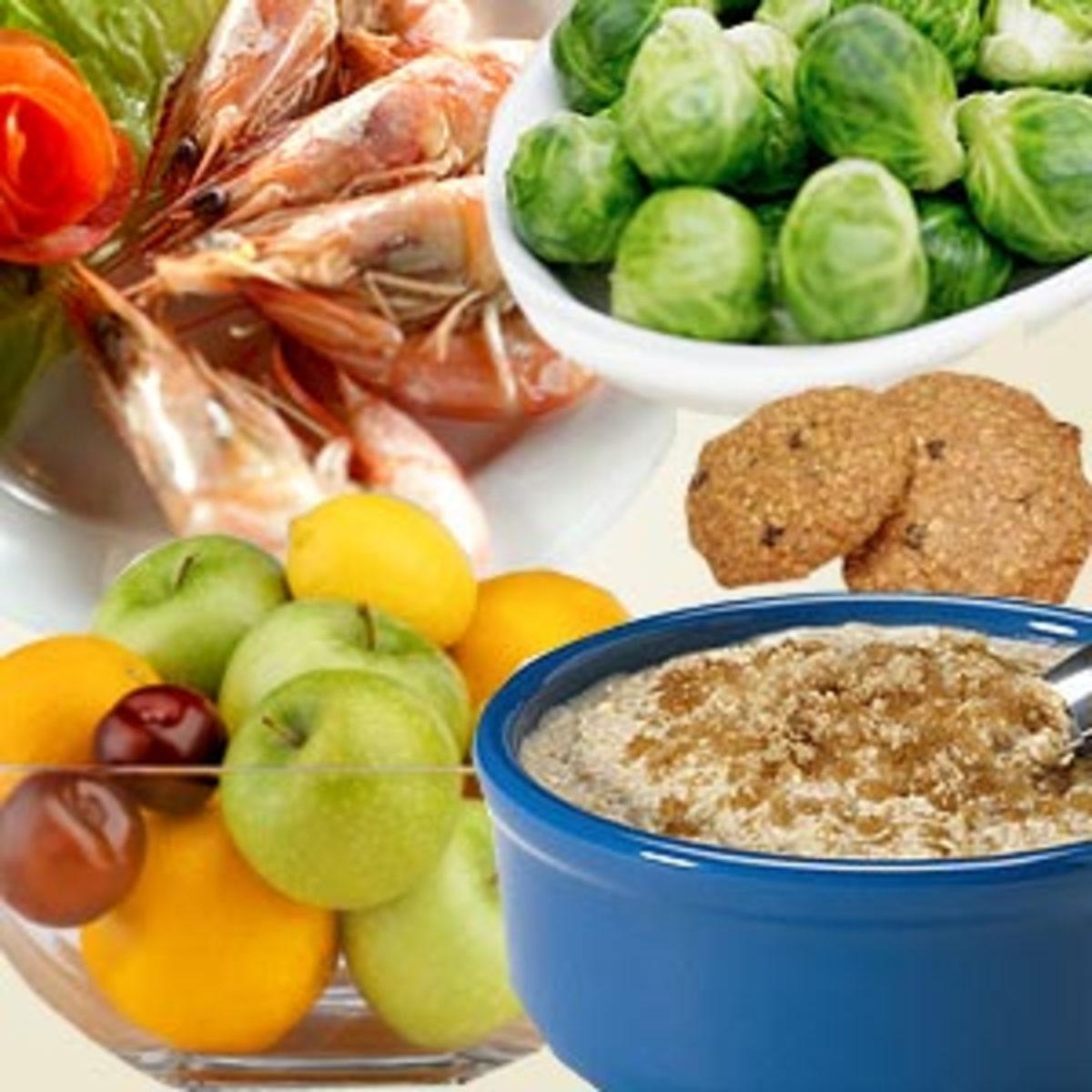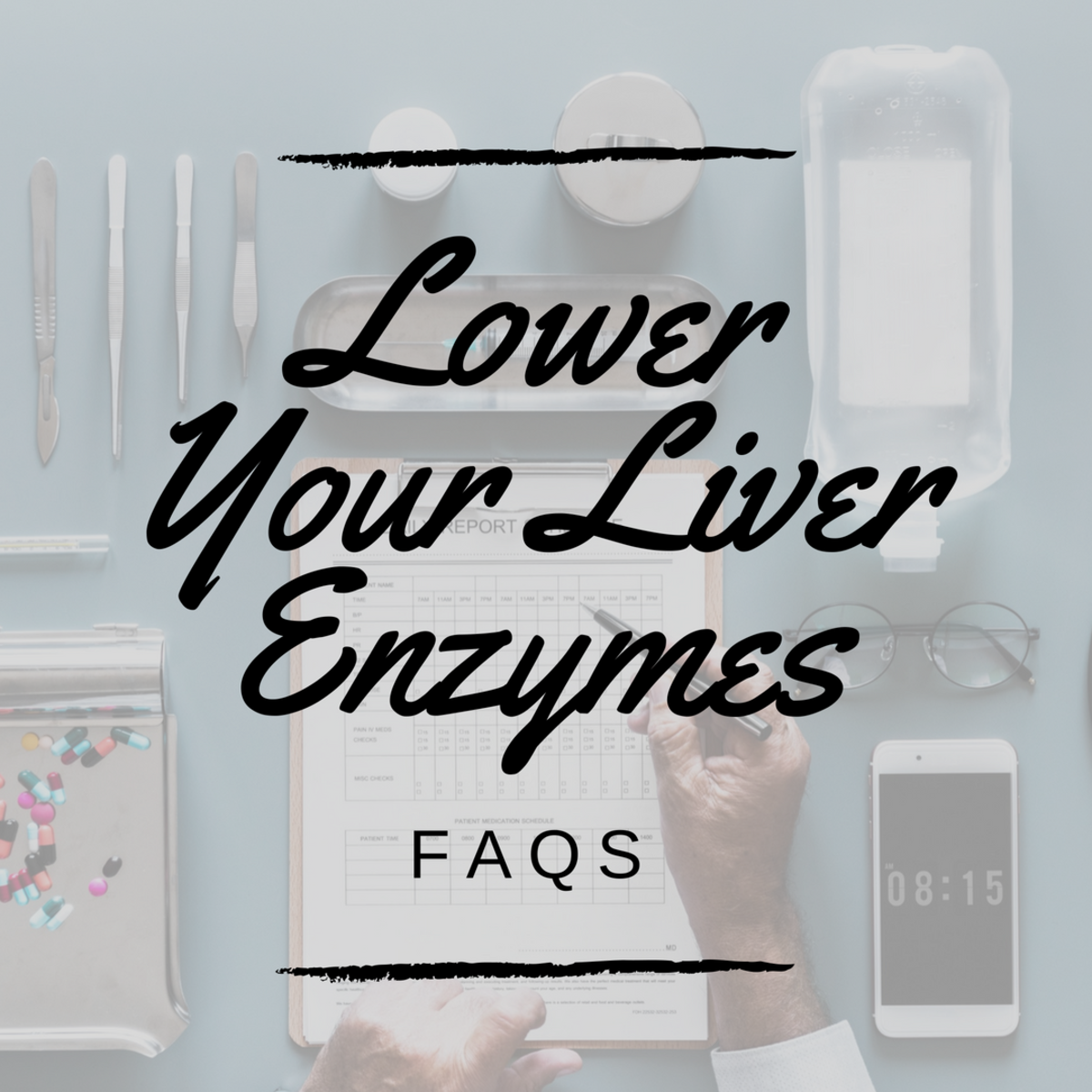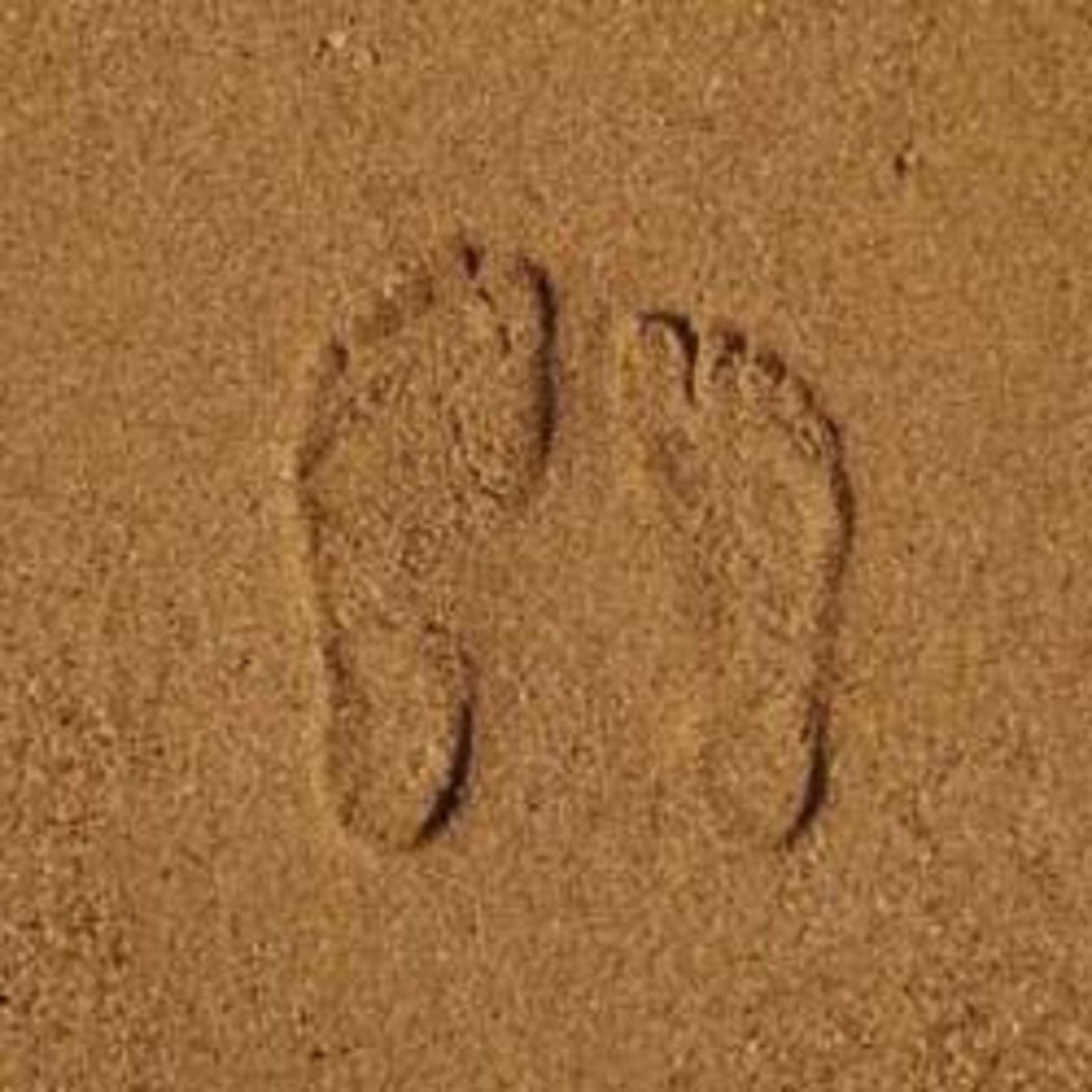How To Reduce Your Cholesterol Levels
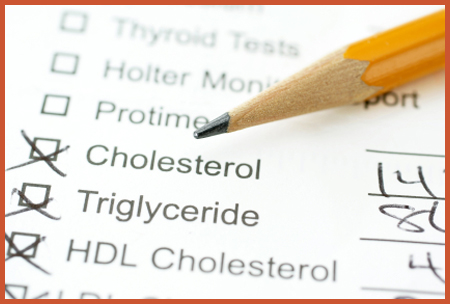
Introduction
If you're reading this article, that probably means you've been told by your doctor that you have high cholesterol. You're looking for answers, and you're looking for answers that are not in the medical jargon that doctors and other websites throw at you.
This article is written to explain high cholesterol and how to lower it in terms and examples that are easy to understand.
Let's start with some simple definitions
Cholesterol is a waxy, fatty substance that is created by your liver. One of its main jobs is to protect the cells in your body with a nice coating, kind of like wax on your car.
Another job of cholesterol is to make up a portion of your hormones, like a building block. These hormones help to regulate blood sugar, blood pressure, mineral levels, and (get this!) your sex drive. Yes, cholesterol is a part of the sex hormones: testosterone, estrogene, and progesterone. (Thought that might get your attention.)
A third job is cholesterol is to help process Vitamin D. Vitamin D can improve your mood, making you happier.
So cholesterol isn't all bad! The problem arises when you have too much of it.
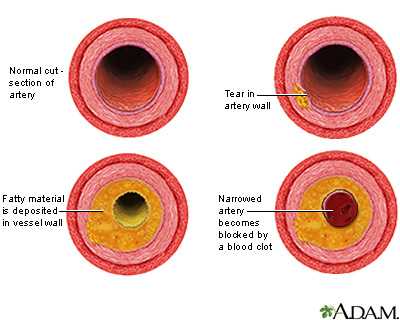
Why High Cholesterol is Bad
High cholesterol, called hypercholesterolemia by your physician, often shows no signs. You may not know you have high cholesterol until a doctor does a routine blood test.
So what's the big deal then?
Your doctor has probably outlined the two main problems of high cholesterol to you.
- increased risk of heart attack
- increased risk of stroke
Why does this happen? Why does high cholesterol increase your risk for heart attacks, stroke, and other cardiovascular problems?
Think about your blood vessels (veins and arteries) as straws, and think about your blood as a milkshake or smoothie. If the straw is straight and clean, it's easy to suck the milkshake through the straw because it flows nicely.
Now if you add chopped fruit to your smoothie, or bits of candy, the drink get harder to suck through the straw, because it's chunkier. That's like having high cholesterol.
It gets worse! The cholesterol in your blood can get stuck to the side walls of your "straws" and cause little tears or ridges. So imagine trying to drink a thick, chunky milkshake through a corrugated straw, or a bendy straw, or one with many dents and ridges in it. That gives the fruity bits or candy bits more places to get stuck. Eventually, your straw would just get completely clogged with stuff and you wouldn't be able to drink anymore.
When this happens in your body, when the cholesterol clogs up your arteries, or bits of it break off and travel around your circulatory system, that's what causes heart attacks, strokes and blood clots.
Let's Lower Your Cholesterol
So we know high cholesterol is bad; let's talk about getting that number down, and making yourself healthier and happier.
Sorry, but you're not going to find anything new and surprising here. There is no miracle cure for lowering cholesterol. There are really only two things you can do.
- Get healthier by changing what you eat and exercising more, and therefore losing weight.
- Take drugs.
Obviously, for choice number 2, you need to have a conversation with your physician about what's right for you. Cholesterol-lowering drugs are called statins and there are quite a few out there. There is a proven genetic factor to high cholesterol (you got it from your parents), so sometimes medication is the best choice. Here's the standard catch phrase: "Talk to you doctor".
But choice number 1, that you can do on your own, and you'll feel great about taking responsibility for your own well-being. Let's get to it!
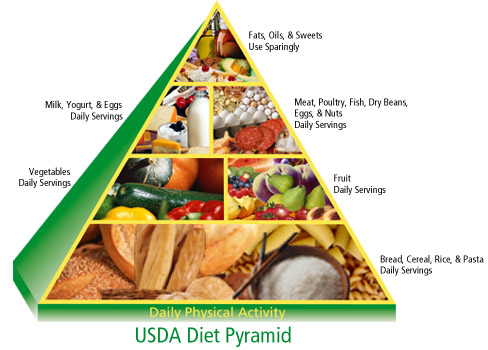
Change What You Eat
You're probably not going to like this, but to lower your cholesterol, you need to change what you eat every day. Only 25% of your total cholesterol comes from your food, but that's a pretty big portion and changing your diet can lower your cholesterol levels. It's easy and can be a fun challenge.
The Mayo Clinic has identified these foods as playing an important role in lowering cholesterol.
- Oatmeal, oat bran, and high fiber foods like fruits and vegetables. These foods reduce the absorption of cholesterol.
- Fish, especially salmon, albacore tuna, lake trout and sardines. These reduce your blood pressure and helps prevent blood clots.
- Nuts, most notably walnuts and almonds, but just a few! Nuts keep blood vessels healthy.
- Extra virgin olive oil. Contains antioxidants that can help lower your LDL ("bad") cholesterol levels.
- Foods fortified with added plant sterols or stanols. These modified foods help block the absorpotion of cholesterol. They're a pretty recent discovery, so check out your grocery store to see if they carry them. They should be clearly labeled.
Improving your diet also means eating more healthy foods and less unhealthy foods. Your guilty conscience probably already knows what these are.
EAT MORE OF...
- delicious sweet fruits like apples, strawberries, peaches, oranges, dark-colored grapes, pears, blueberries, bananas, kiwis, pomegranates, mangos, pineapples, apricots, prunes, melons, figs, etc. etc.
- yummy colorful vegetables like carrots, broccoli, avocado, kidney beans, lentils, romaine lettuce, cucumber, bell peppers, squash, baked beans, yams, tomatoes, beets, asparagus, garlic, spinach, artichoke, corn, etc. etc.
- comforting breads and grains like brown rice, oatmeal, flaxseed, cereal, whole wheat bread, rye bread, whole wheat pasta, pitas, pretzels, whole grain crackers, bran, popcorn, etc. etc.
- tasty low-fat dairy like yogurt, 1% or skim milk, frozen yogurt, low-fat cheese, 1% cottage cheese, low-fat cream cheese (small portions only)
- satisfying lean meats like salmon, mackerel, skinless chicken breasts, turkey, albacore tuna, sardines, pork tenderloin, lean cuts of beef, buffalo, venison.
EAT LESS OF...
- artery-clogging meats like burgers, bacon, pepperoni, hot dogs, salami, bologna and other sandwich meats, ham, eggs, sausages, lamb, fish sticks.
- bad fats and oils like margarine, butter, palm oil, coconut oil, lard, shortening.
- nasty junk food like potato chips, french fries, packaged cookies, cheese curl snacks, corn chips, pastries, donuts, french fries, onion rings, candy bars, beef jerky, high-fat muffins, nachos, and don't forget...french fries.
- fattening fast food like anything that you can get through a drive-through. You know it's bad for you!
Like any lifestyle change, eating healthy is a gradual process. Make a promise to yourself to choose better foods every day, even just a little bit, and you will see an improvement in your well-being. Good luck!
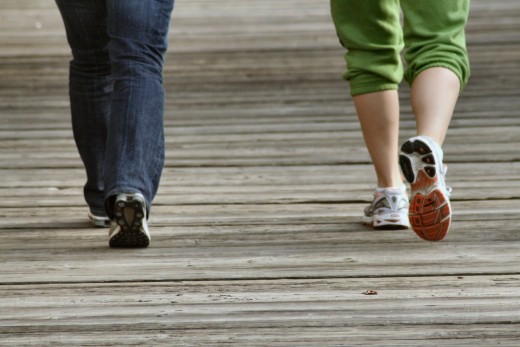
Get a Move On
You've heard it before and you'll hear it again: exercise makes you healthier!
But what if you hate it? What if you just don't like exercising? What if you have no time?
If you're having trouble getting a move on, it helps to think about exercise in a different way. You can sneak in some "activities" into your every day routine and make a difference to your well-being.
TRY THESE ACTIVITES TO GET MORE EXERCISE...
- Turn on some music and dance around your living room.
- Walk up some stairs in your office building on your break.
- Play with your kids.
- Walk your dog.
- Take a stroll through a local park.
- Start a hobby that gets you outside like bird-watching, pressing wildflowers, or nature photography.
- Find a sport you enjoy or learn a new one. Try something non-traditional like water skiing, frisbee golf, badminton, rock climbing, or fencing.
- When it's raining or snowing, go to the mall and walk around.
- Try swimming! Get a membership at your local pool and enjoy the warm water during the winter months, or the cool water during the summer months.
- Join a class for something interesting and healthy, like yoga, tai chi, or ballroom dancing.
- Walk to the store for your groceries. Take a backpack to carry things in.
- Make a pact with some friends or family to exercise every day. Email each other with your progress.
- Turn off the TV or the computer. Pick a day of the week where no electronic devices are allowed and find creative ways to spend it...no sitting down!
Remember to reward yourself for your new healthy lifestyle. Don't choose food rewards. Pick out some new clothes (in a new smaller size!) or a great book or DVD you've been wanting. Good luck!
For More Information
- High cholesterol - MayoClinic.com
High cholesterol — Comprehensive overview covers diet, medication and other treatments to lower cholesterol. - What Is Cholesterol? - NHLBI, NIH
High blood cholesterol is a condition in which you have too much cholesterol in your blood. People who have high levels of LDL cholesterol, or 'bad' cholesterol, have a greater chance of getting coronary heart disease. - Step 1: The dangers of high cholesterol - Penn State Hershey Medical Center
- The Dangers of High Cholesterol
High cholesterol is tough on arteries and your health. Here's how to fight back. - Cholesterol Ratio Information by MedicineNet.com
Read about HDL and LDL cholesterol ratios, and what your numbers should be to prevent a high cholesterol. - Choosing Healthy Fats: Good Fats, Bad Fats, and the Power of Omega-3 Fats
Everything you need to know to make healthy fat choices. Find tips for reducing saturated and trans fats and increasing good fats such as the omega-3s. - WHFoods: The World's Healthiest Foods
Non-profit foundation providing reliable, scientifically accurate, personalized information for convenient and enjoyable healthy eating. - ChooseMyPlate.gov
Official U.S. government dietary information.


